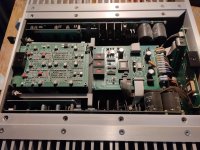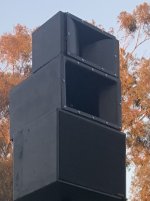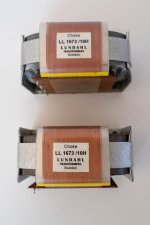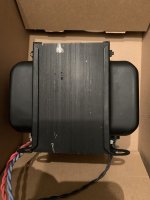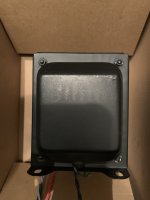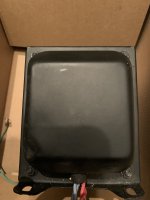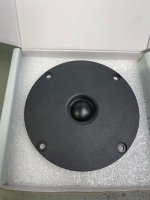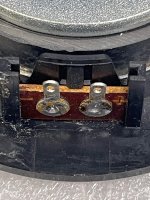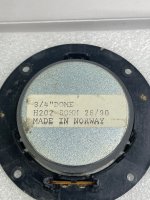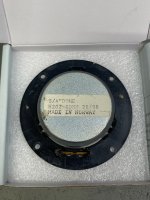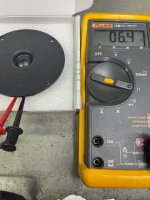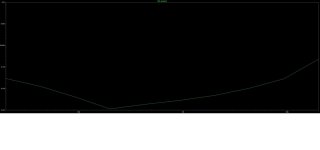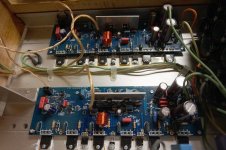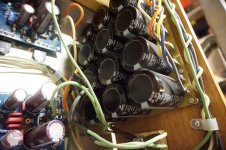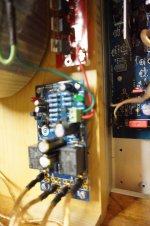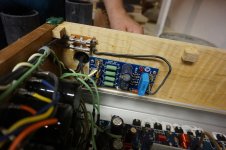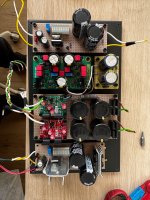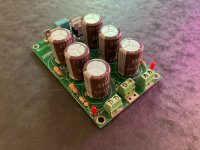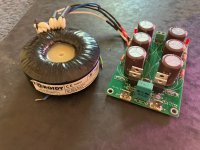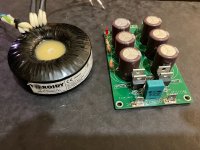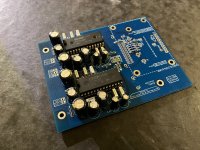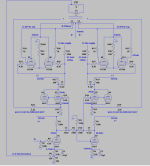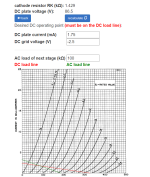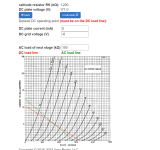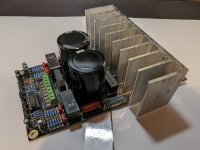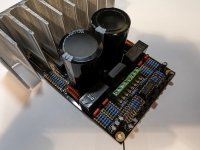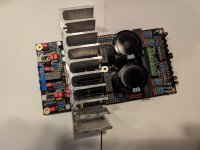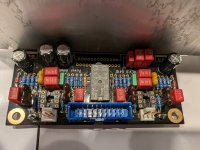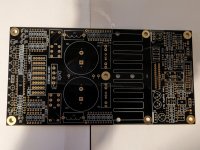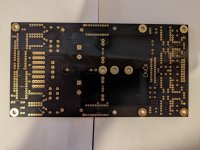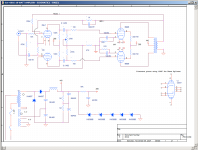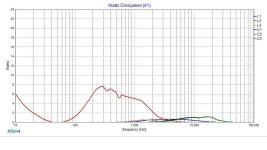(reposted to the correct thread bc im stupid) Howdy guys. Sorta new here. I'm really just posting this to show off what I've been working on for the past few weeks, but all tips and suggestions will be much appreciated:


The idea was to make something akin to a traditional guitar amplifier, but with a little more versatility. I had a few parts laying around: an old mini-pc, amplifier, and a Focusrite USB interface. To make use of them, I settled on using the standard 19" rackmount system to mount whatever I needed. Funny enough, there is not a single consumer-grade piece of rackmount audio equipment in there (dedicated EQ, compression, etc.) This was mostly by design. The mini-pc allows for fully digital effects (basically anything you can imagine), so there's little point in buying even a simple 1U signal processor. Moreover, more metal in the case = more weight. Portability of this system is very important. If I were to add something like that, it'd probably be an EQ, but I am full up on rack space in the front.
Anyways, I settled on a 6U rackmount flight case. 17" deep, 19" wide. It has a cover for front/back which is quite nice for portability. The covers themselves have zippers and can hold things - very nice.
From top to bottom, here are the components on the front of the rack:
1st U: Sliding tray with portable 15.something" monitor. Hold a bluetooth keyboard+touchpad combo.
2nd U: Fixed tray with Beelink s12 mini-pc, Focusrite interface (2nd gen), and a fosi audio 2.1 amplifier
3-6th U: Speaker solution. Material is either MDF or 3D-Printed (PLA). Many different speakers have been used: Marcaudio fullrangers, Fountek fullrangers, SKAR audio coaxials, woofers stolen from various studio monitors, and a Dayton audio 7" woofer (newest addition).
The back of the rack holds only the PDU. Just don't look at my solution for mounting the sliding tray. I'll probably be filling the rest of the back with a blank panel covered in acoustic foam. What do you guys think about that? Because I've just been running these speakers with the back of the rack OFF, creating a pseudo open-baffle speaker. Still sounds alright.
Signal chain: Signal sent to the interface is sent to the mini-pc which is then processed by FL Studio, and then sent back out the interface into the amplifier via RCA. Speakers are passive.
Speaker solution: The most challenging part of this was designing a "baffle" that would house speakers and sit within a standard rack. If you look up "rackmount speakers" you really don't get anything useful for this application. Why? Because this is an insane niche that never needed to be filled. What you find on google are these weird audio monitoring speakers that are very nearfield. So, I had to make my own thing. At first, I was able to get away with it by sticking a Kenwood CRS-158 on a shelf inside the rack. That worked good enough as the center speaker was exactly 17" wide, but it took up about 3.5U of rackspace, leaving lots of dead space. I started making designs on TinkerCAD and sent them to a guy who routes MDF and a co-worker that does 3D printing. So far, the only difference I've noticed between MDF and PLA is WEIGHT. My god, even with more/heavier drivers in a 3D-printed baffle, it's lighter than any MDF baffle. I'm sure there are drawbacks to PLA acoustically (not totally infilled, resonant maybe?) but my ear really hasn't heard a difference.

Drivers, how it sounds: I got a combination of full-range drivers and woofers and just started trying them out. It sounded pretty damn good in the beginning, despite the cheap/small speakers and shoddy measurements. But I quickly realized that I needed to optimize for speaker size, as a 4" speaker is NOT going to reproduce 60-70hz (I downtune my guitar), especially in this enclosure. Enthused, I went ahead and got some nicer speakers with a good cone area. These were the CHP-90s from Marcaudio and a 7" woofer from dayton audio, paired with some smaller fountek full-rangers(I also got some 4" marc audio drivers, the CHP-70s, those didn't work out very well in terms of response). Now it's sounding really nice to me. It fills to room, produces bass, and just lets me vibe out. I have yet to measure the frequency response, but I'm sure it's ****** in some way.
I settled on a 2.1 amp so that I could use a dedicated woofer if needed, reducing stress on the full-rangers. Uniquely, this allows me to run the speakers in stereo, which is actually quite noticeable, especially on my "2-way" baffle. The focusrite interface allows the system to receive two signals at a time. Some fiddling around with my DAW (fl studio) allows me to assign different inputs to different speakers, if I really wanted to. I'm also exploring ways to angle the smaller full-range drivers outwards to get a better stereo image. Basically a toe-out.
It really is more than just a guitar amplifier. As I play my guitar, you can send MIDI signals to FL Studio via USB and at the same time be using an XLR input from a vocalist for example, all while drums are looping on the playlist. And you can record it all. That is really ******* cool.
Some problems I battle:
VIBRATION: oh my god, does this thing like to vibrate. At med-low volumes, there is no issue. The moment you go past any reasonable listening level for a small room, the entire case and the contents within begin to resonate at particular frequencies. To account for this, I need to remove anything that is sitting on top of the case. Make sure that all screws are tight and even. Use many rubber washers. I've also stuck a few vibration-absorbing gels around the inside (you know, the ones drummers use on their snare), who knows if that's done anything. I guess I'm sort of asking for it, sticking speakers in a plastic enclosure which houses several different components fixed in weird ways.
COOLING: After I added the 2.1 amplifier, thing get kinda toasty in there. I mean the pc, interface, and amplifier sit right next to each other. It hasn't necessarily become a problem yet, but I'm exploring lightweight, quiet, and unobstructive cooling solutions. I'm thinking of a 1-2U panel lined with noctua fans.
PORTABILITY: This really just means
weight. This thing gets heavy quick, as rackmount equipment is almost always full metal. Any addition must pass weight consideration. Also, I definitely don't need 17" deep in my rack. I could probably get away with 12" deep, just to reduce bulk.
Let me tell you, I ******* love this thing. It gets loud, shakes my room, and is just overall so much fun to play with. I've spent so many hours modelling cabinets and playing with effects. I just got so tired of playing guitar on my "main" computer, and said screw it, I'll build something legit. And lord knows I'm not dropping $500-1000 on a decent guitar amplifier when I can drop the same amount of money to build something truly unique and more versatile. Don't get me wrong, guitar amps are cool, but this is RAD.
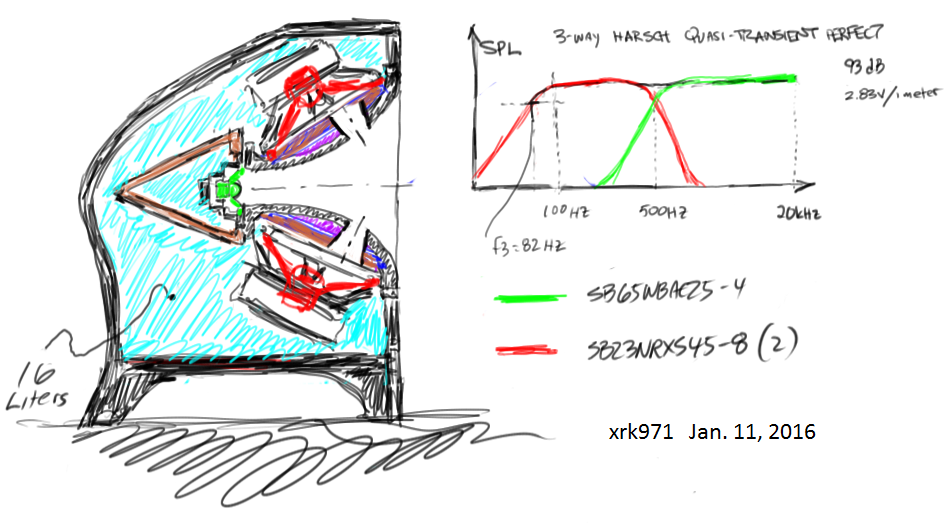
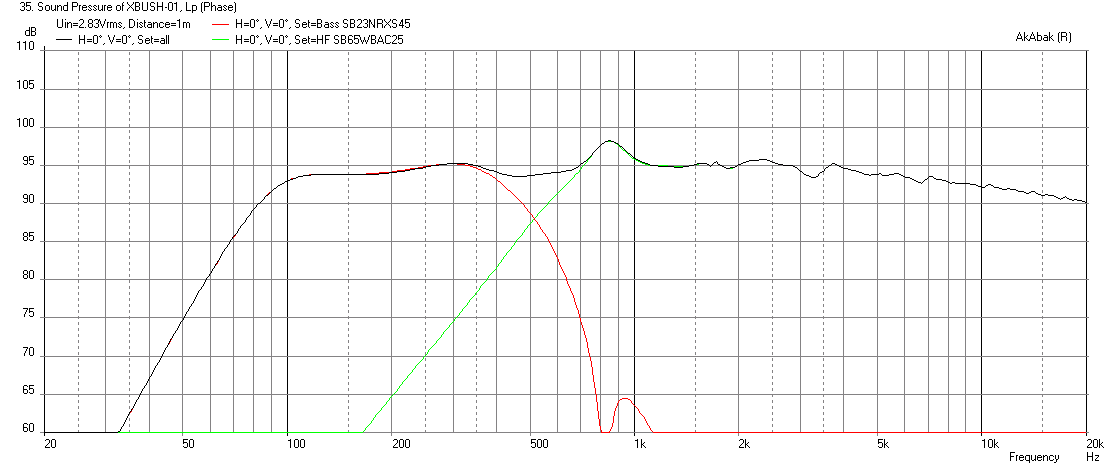
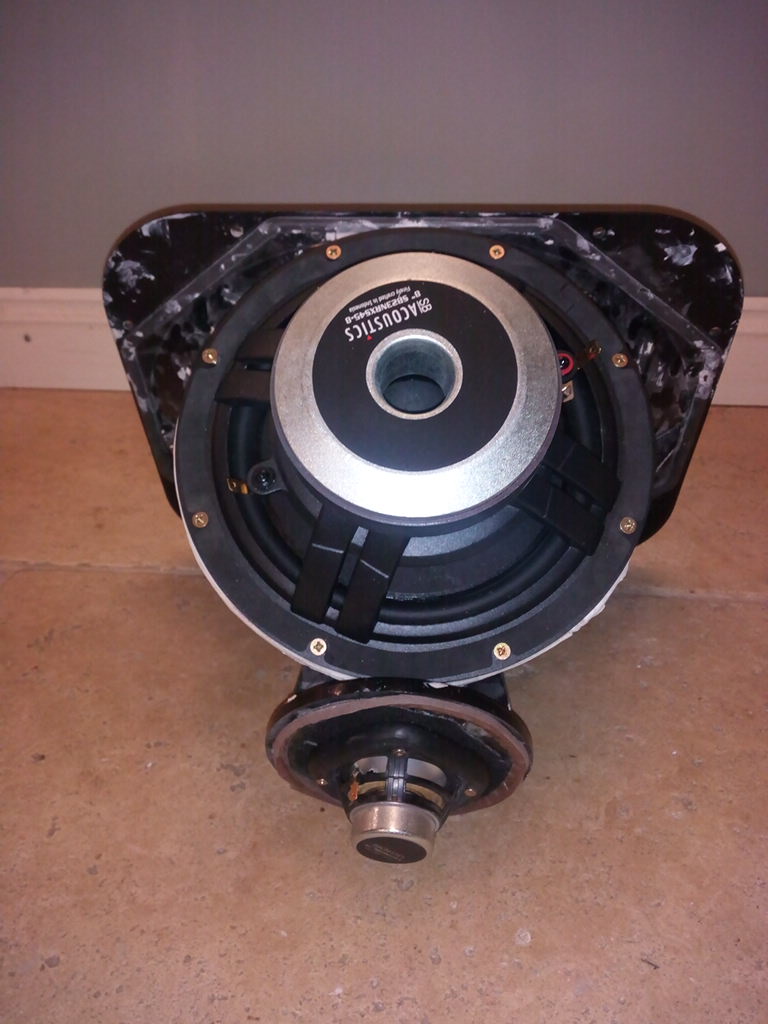
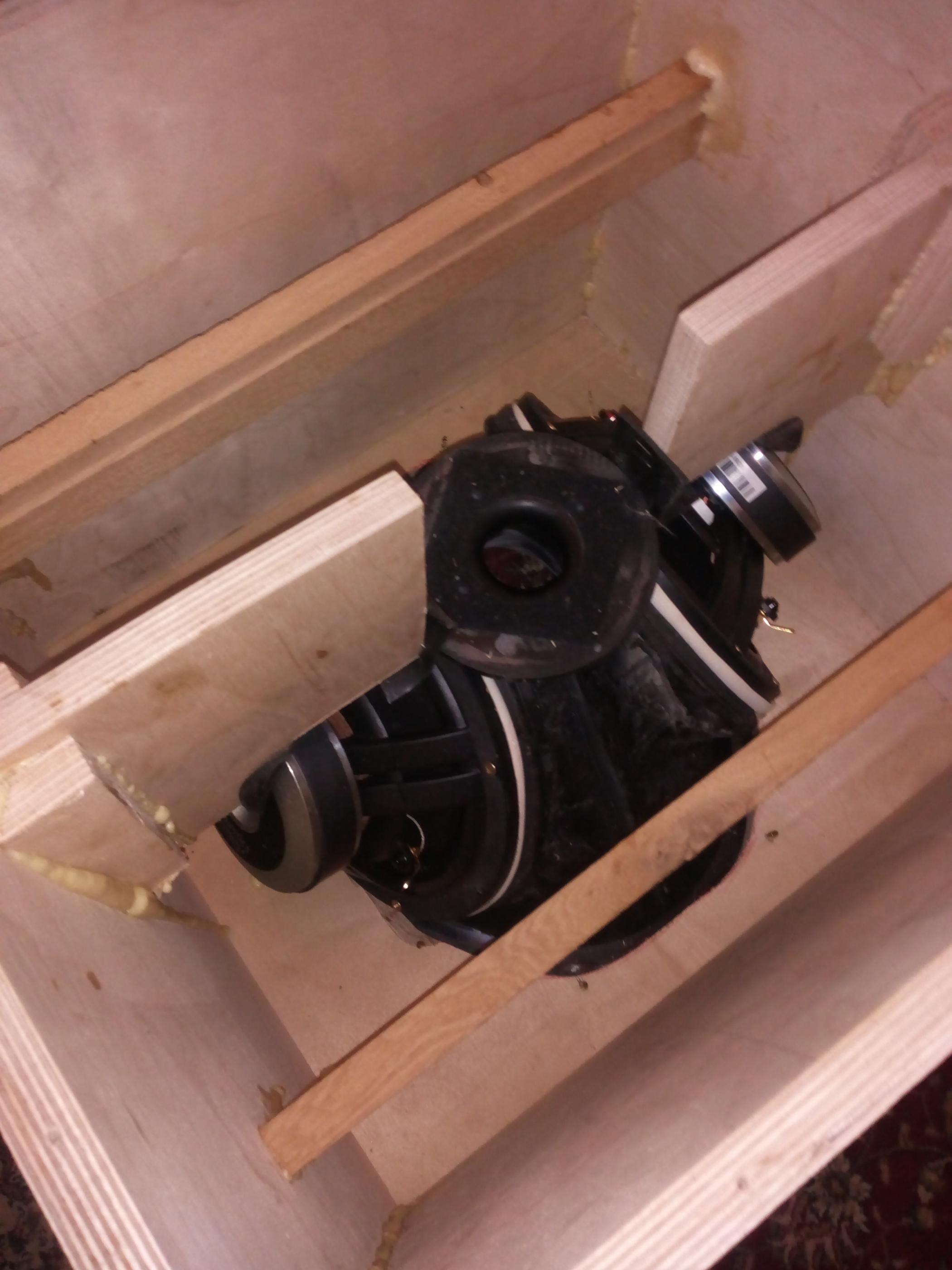
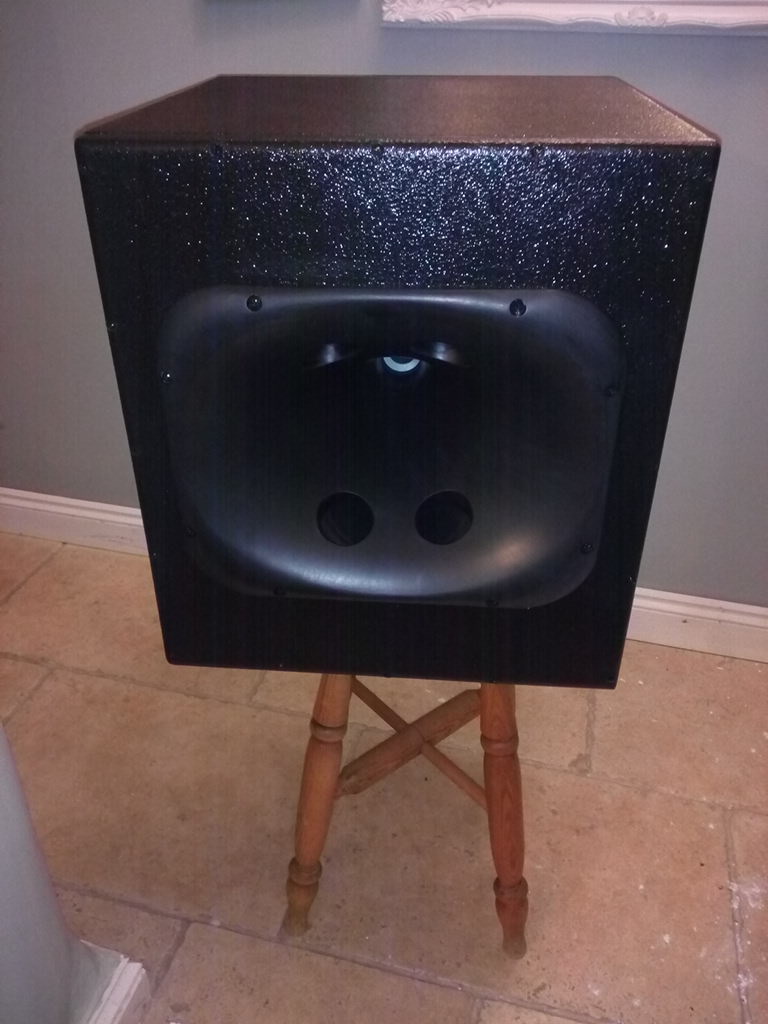
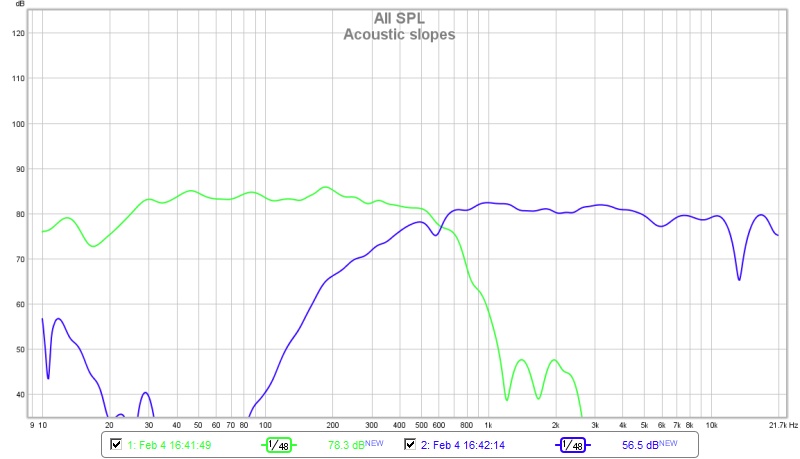
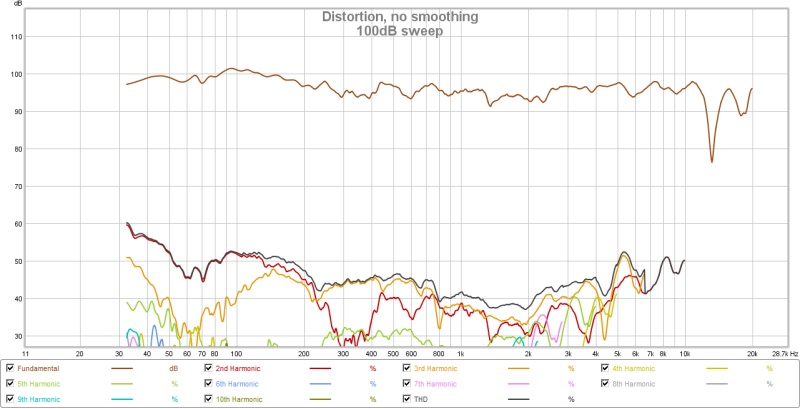
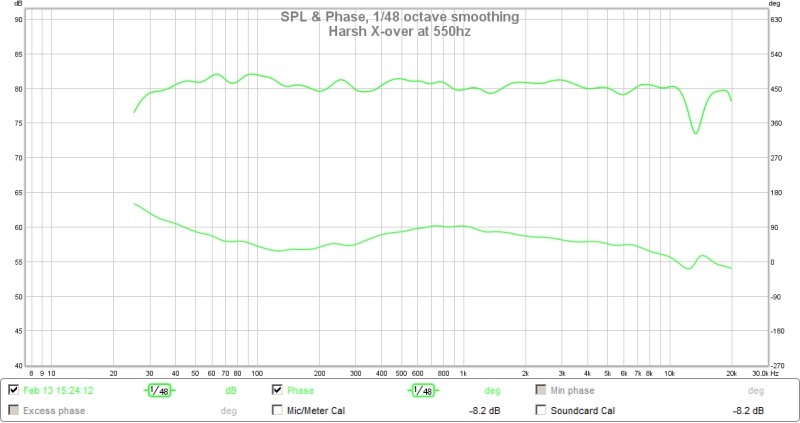


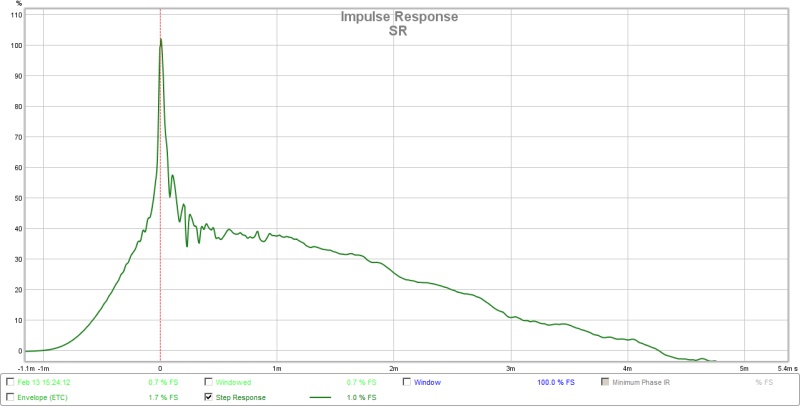
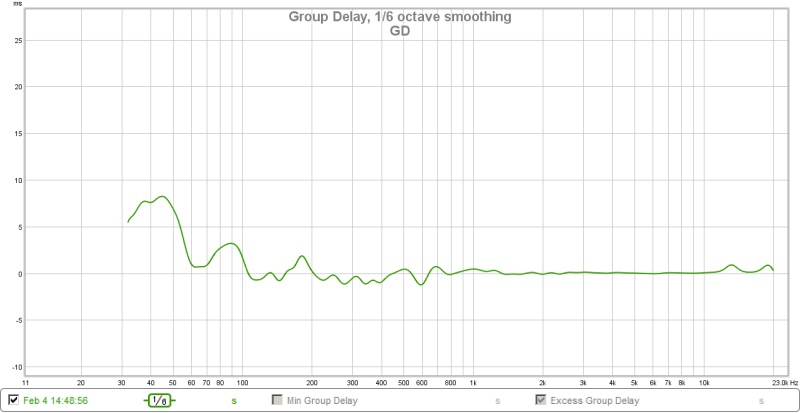

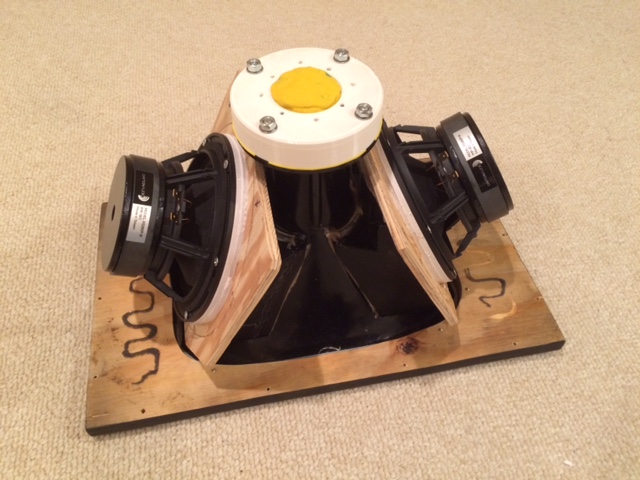
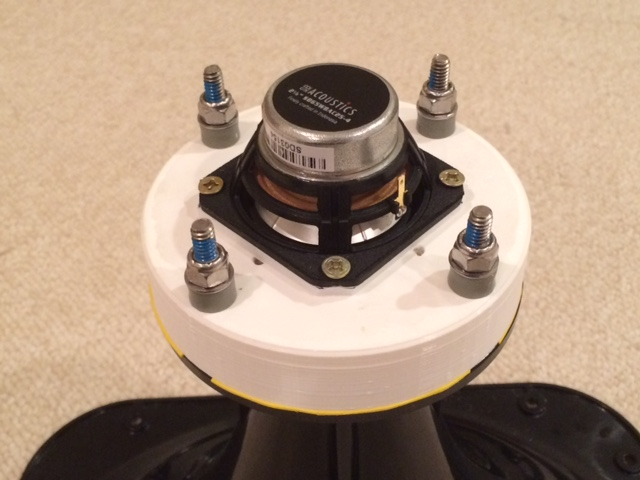
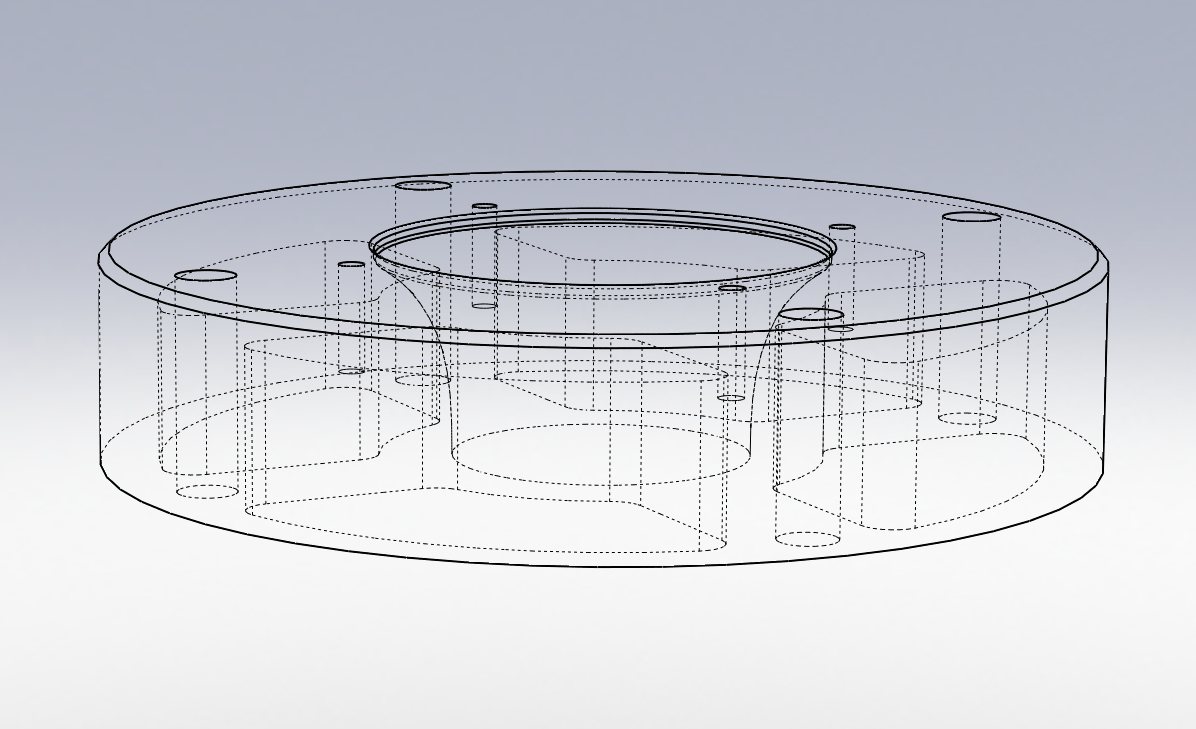
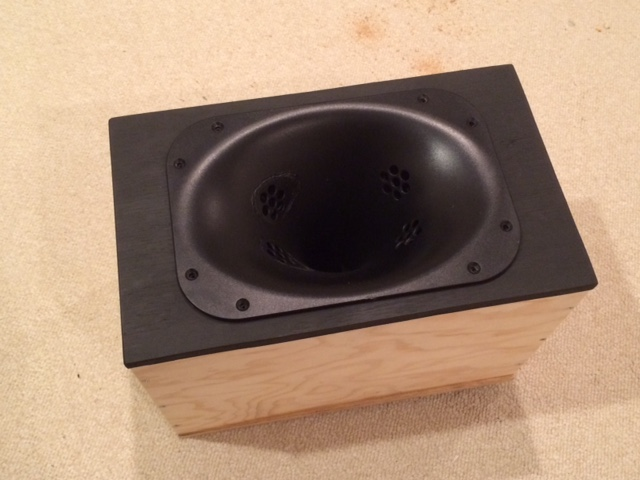
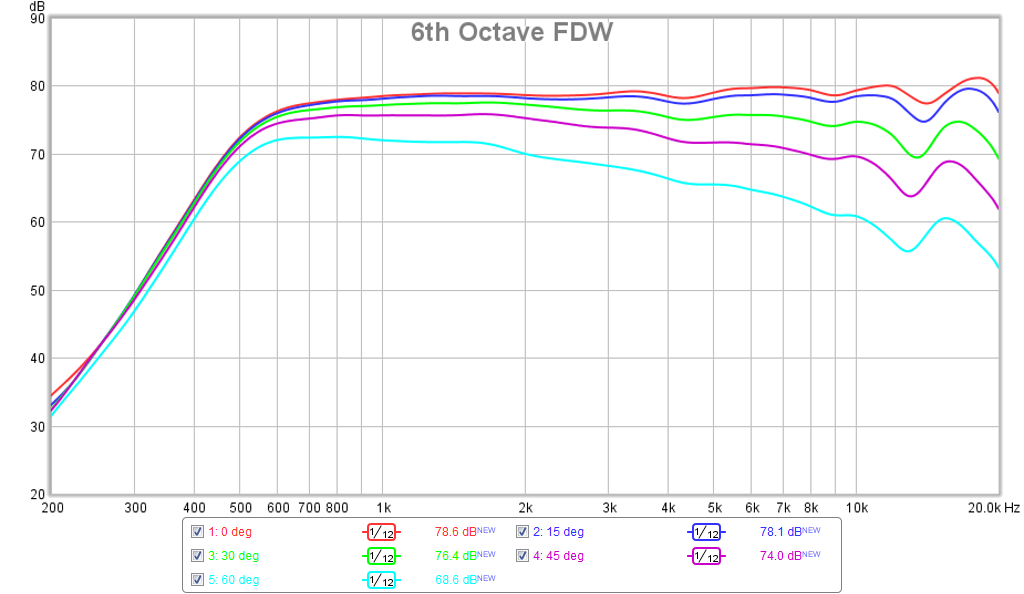
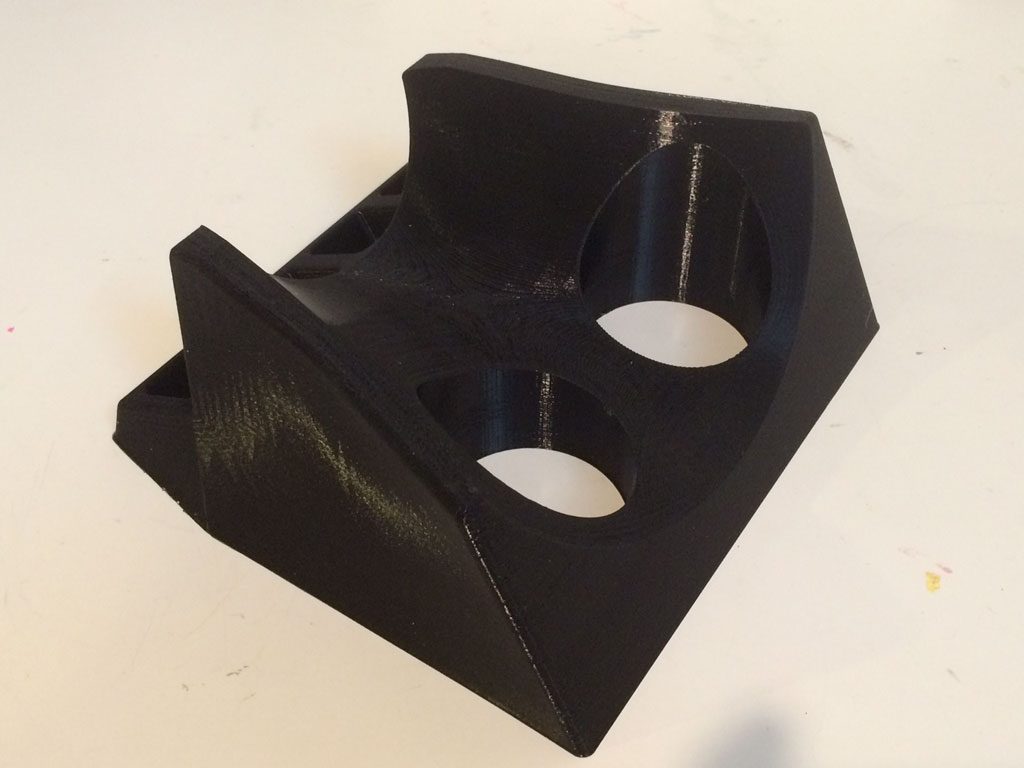
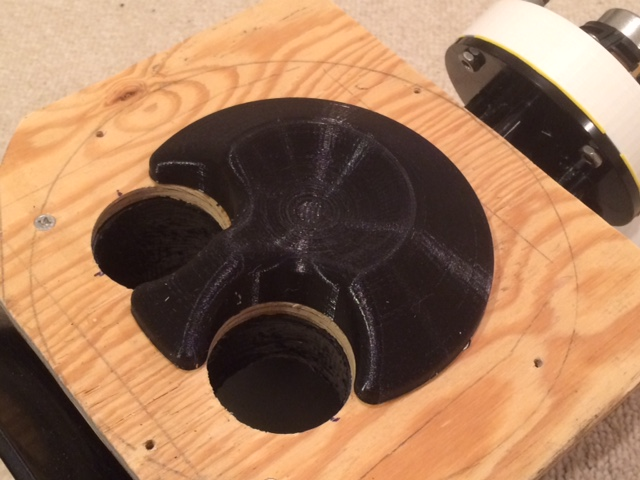
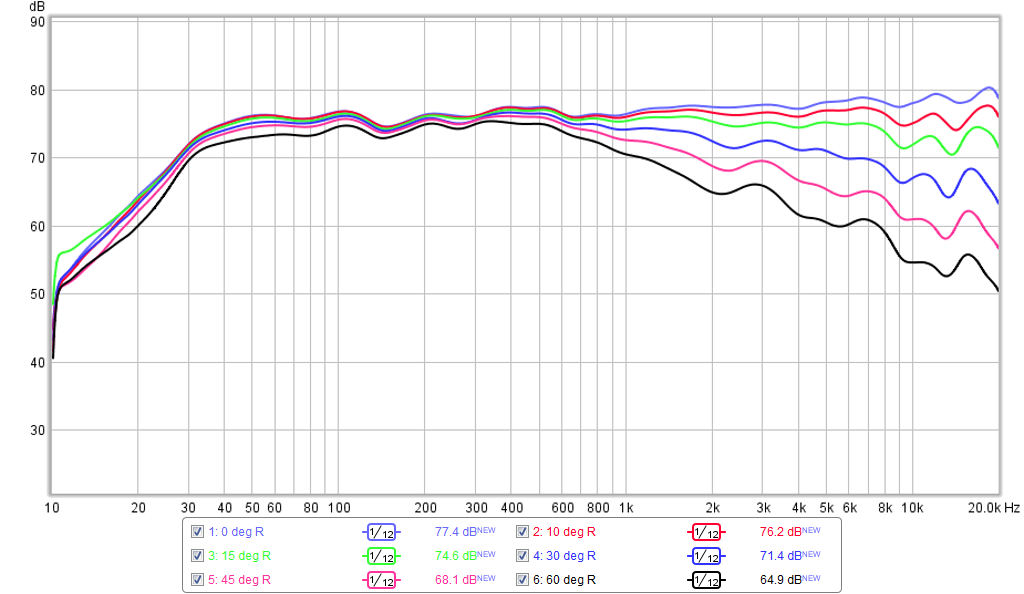

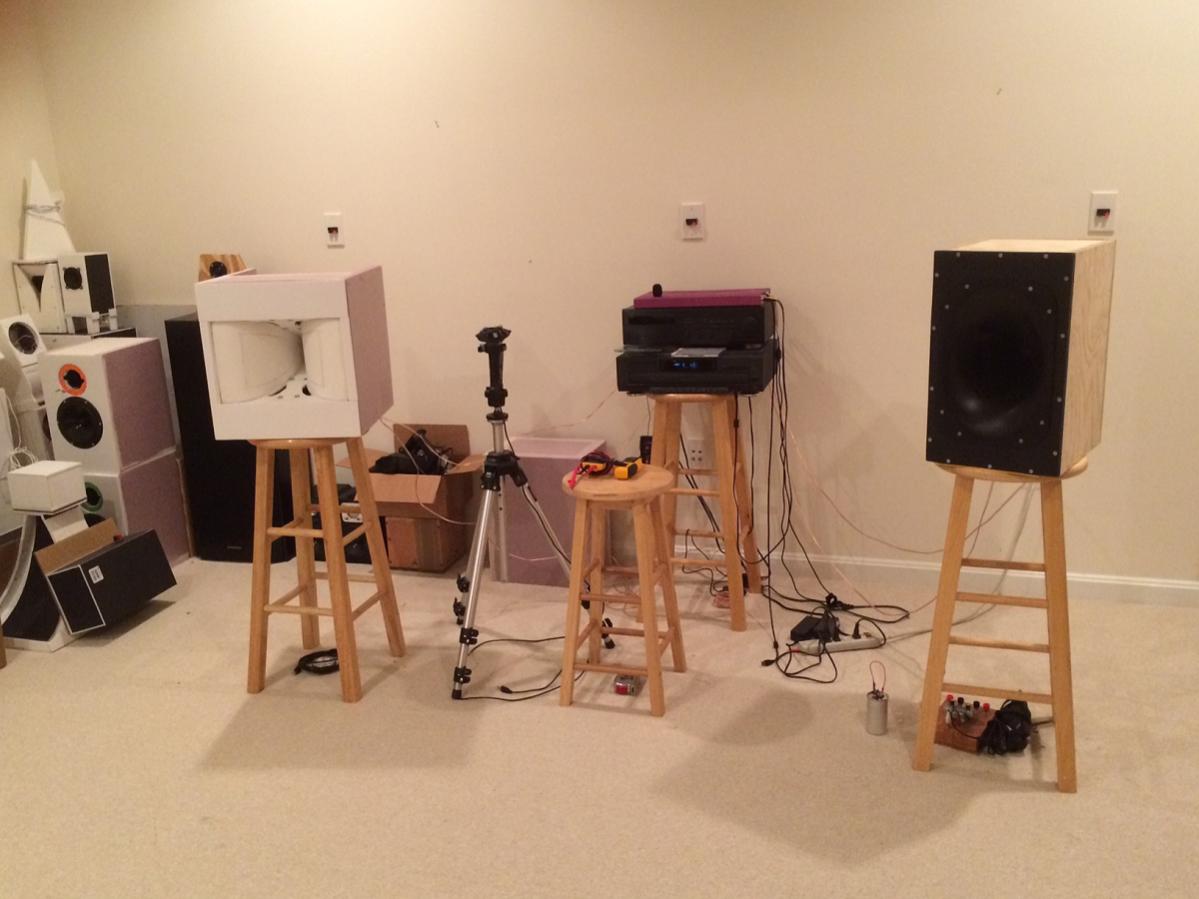
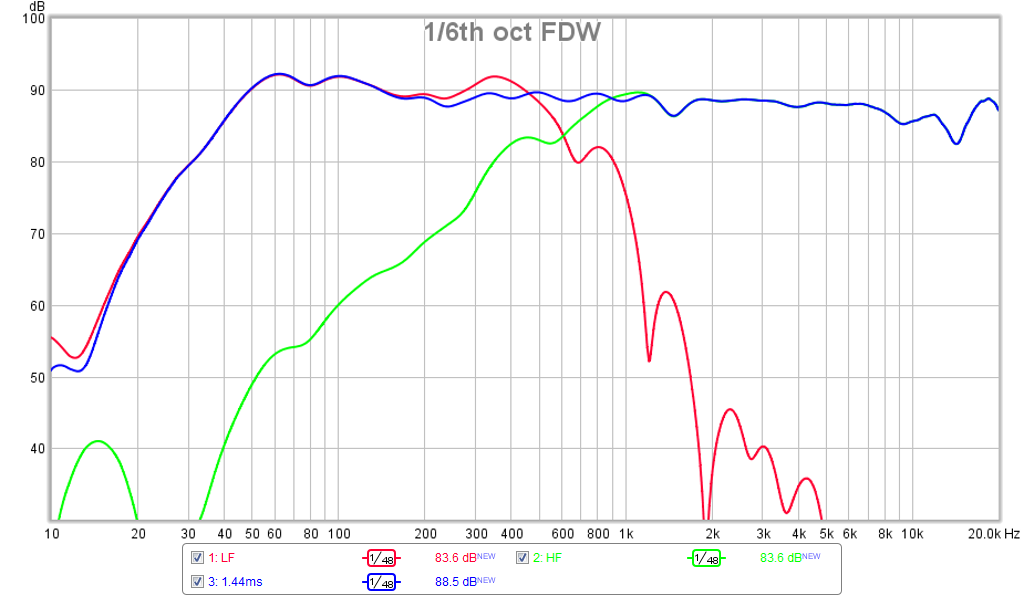
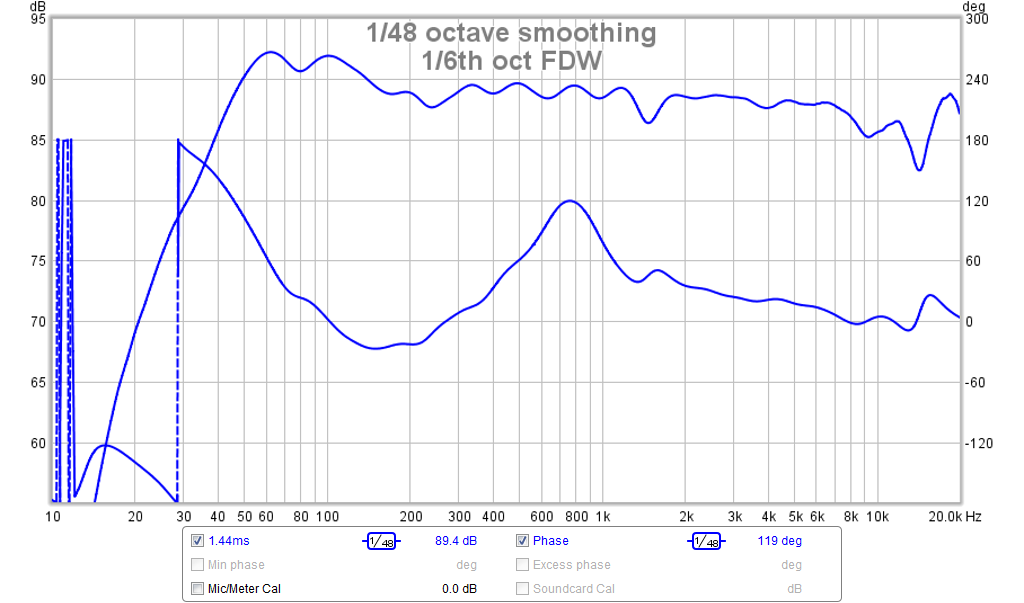
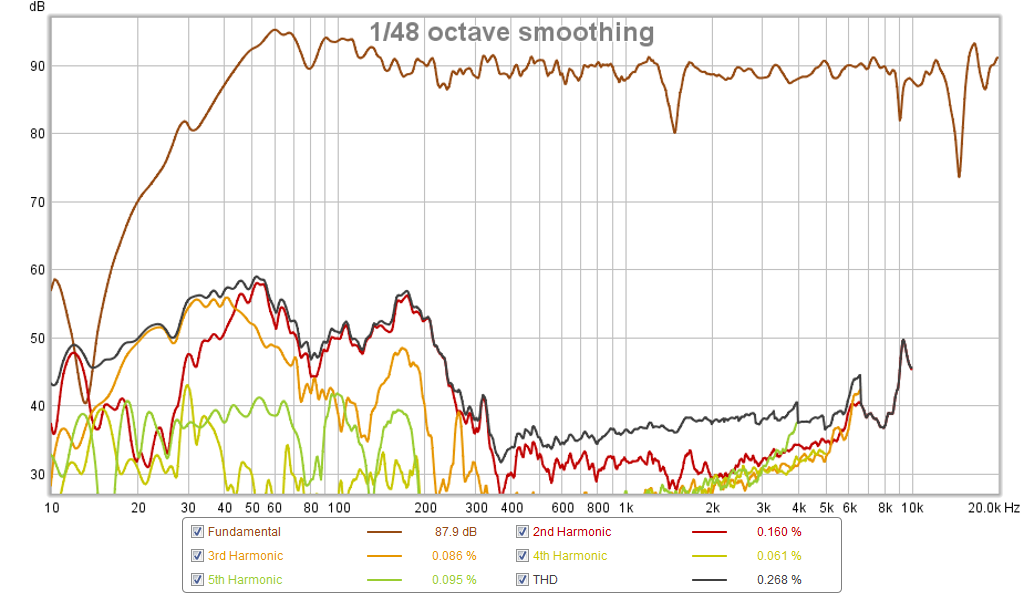
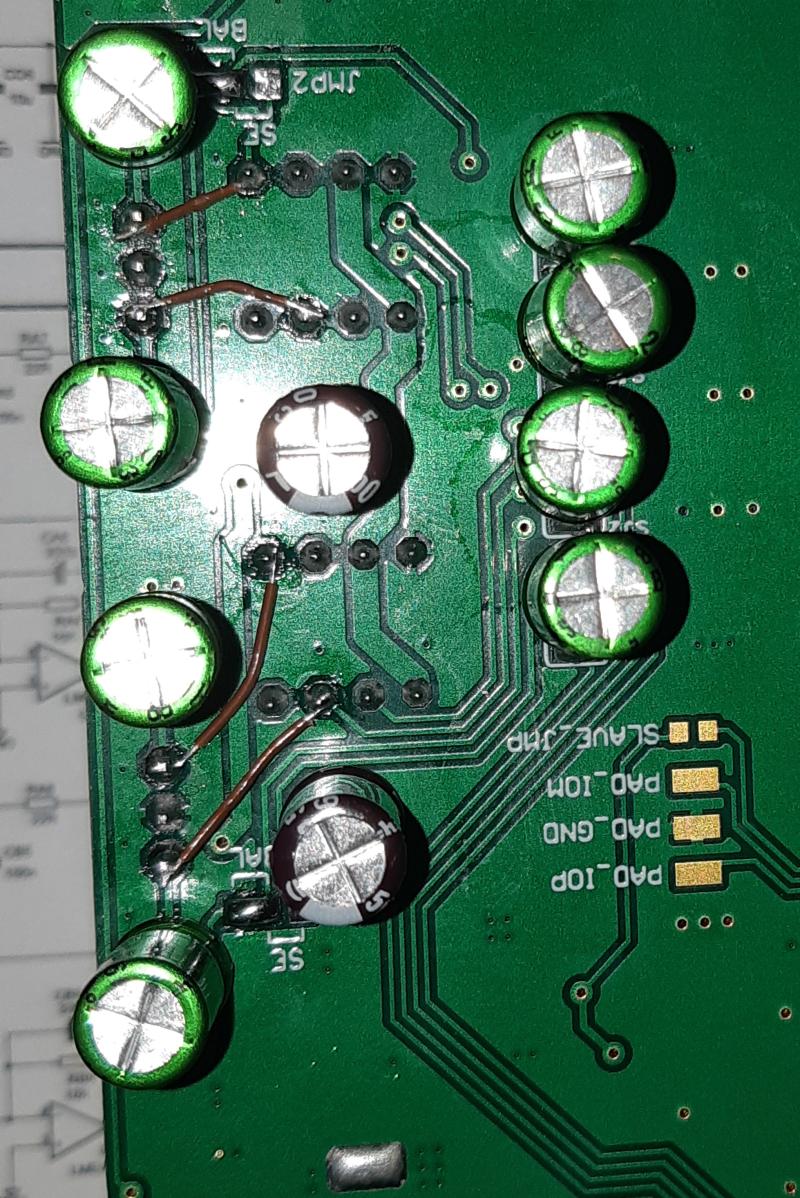
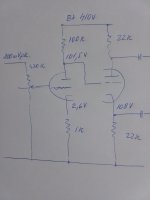
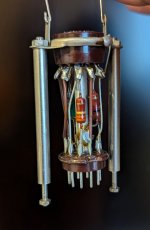
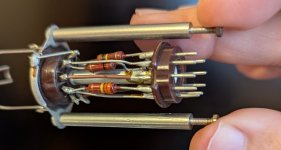
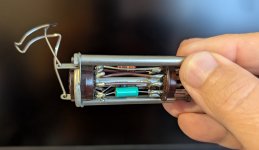
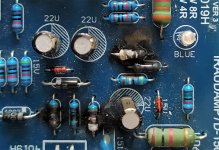
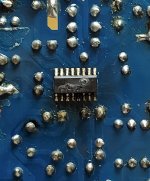
 But it was quite exciting, with
But it was quite exciting, with 
